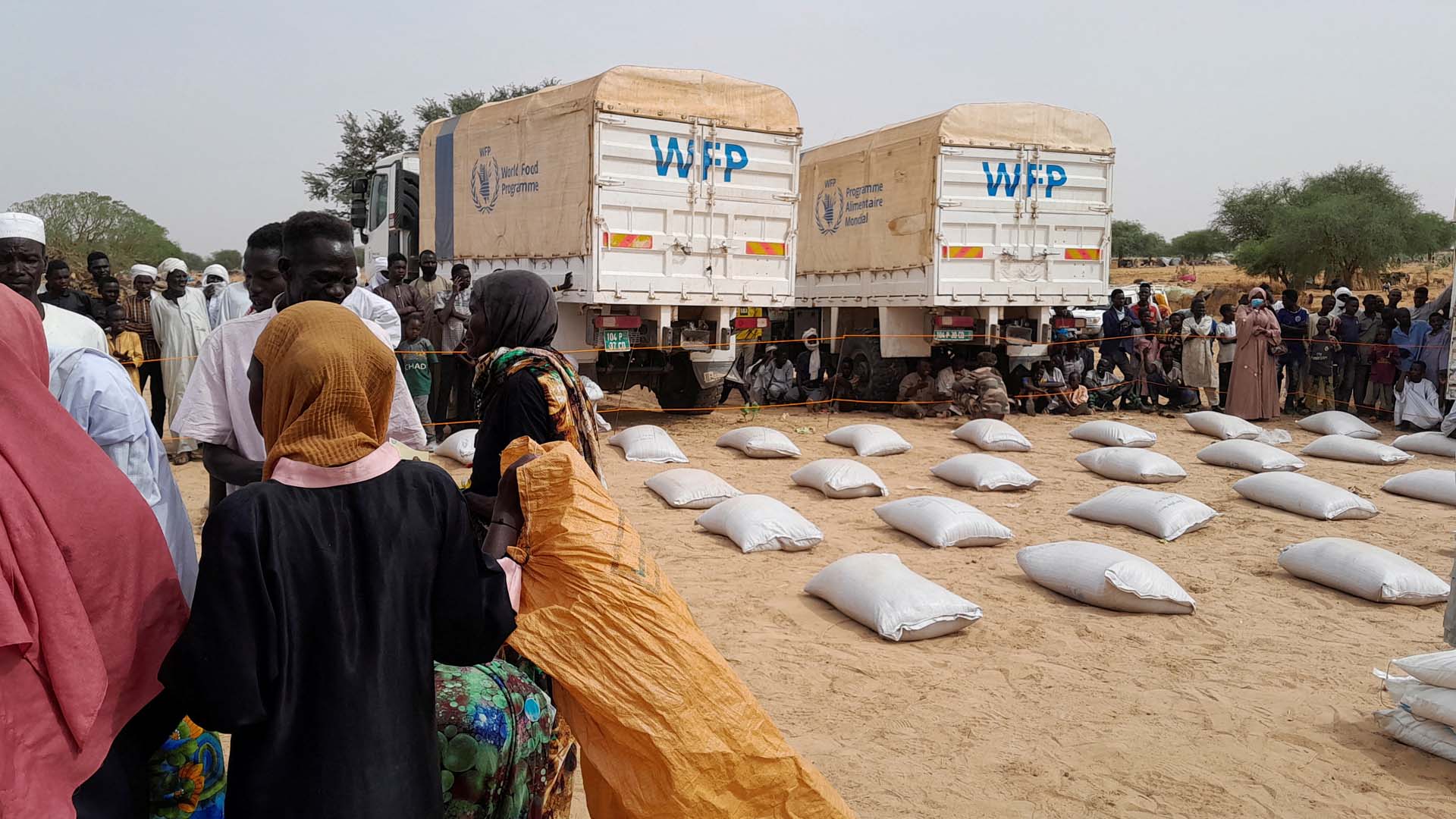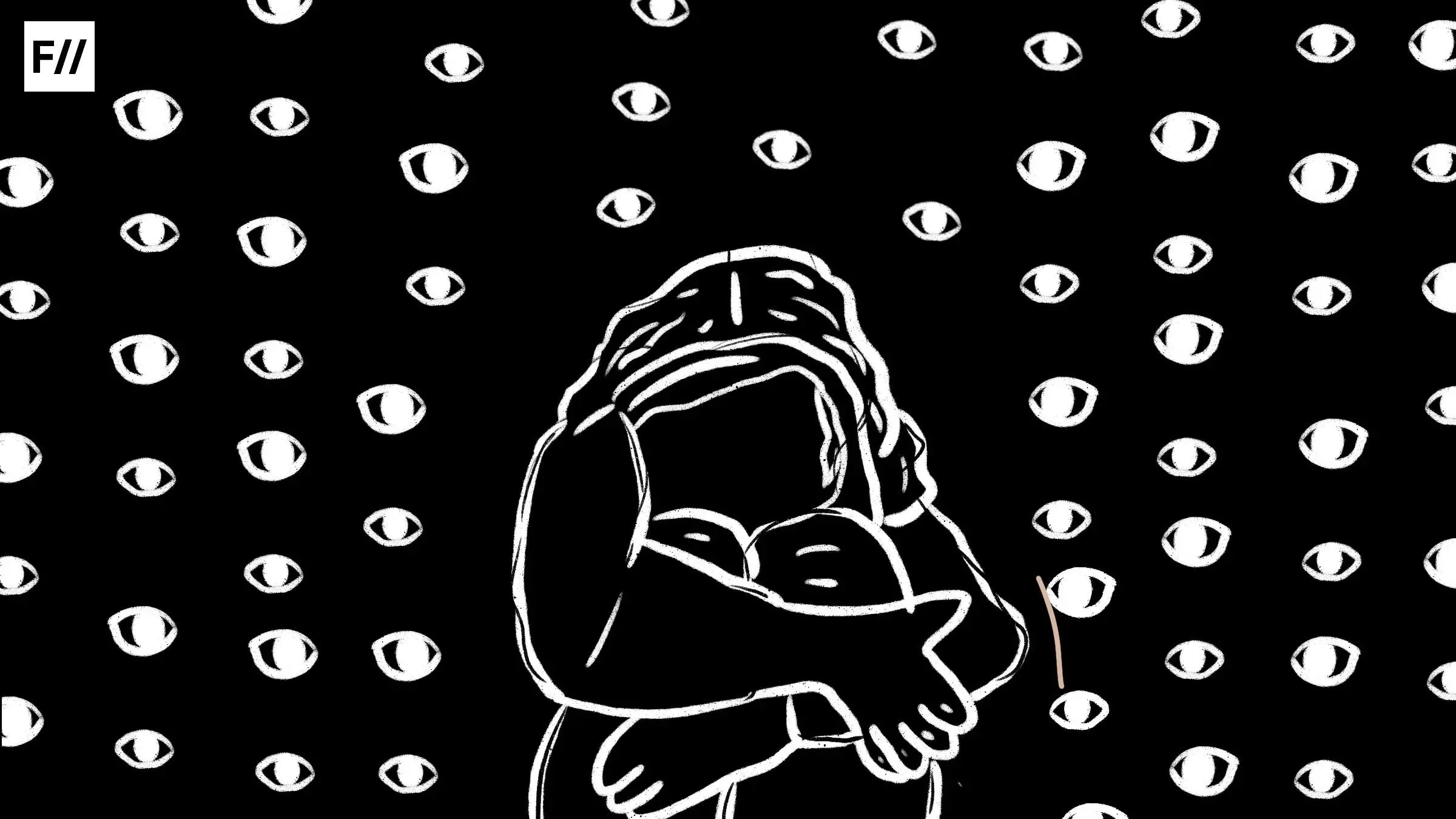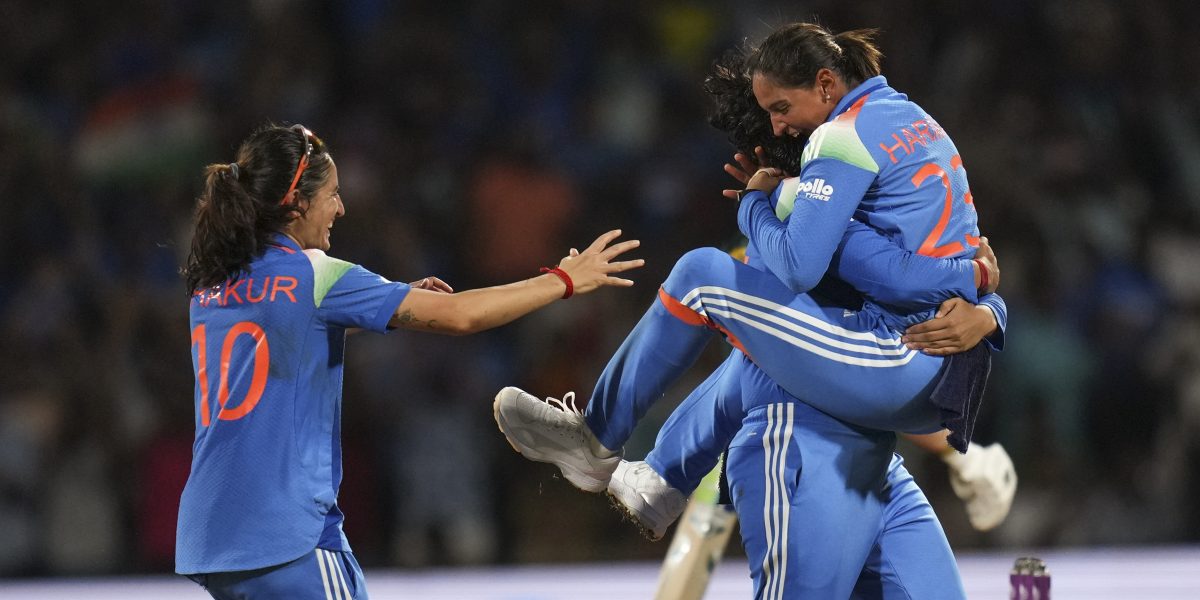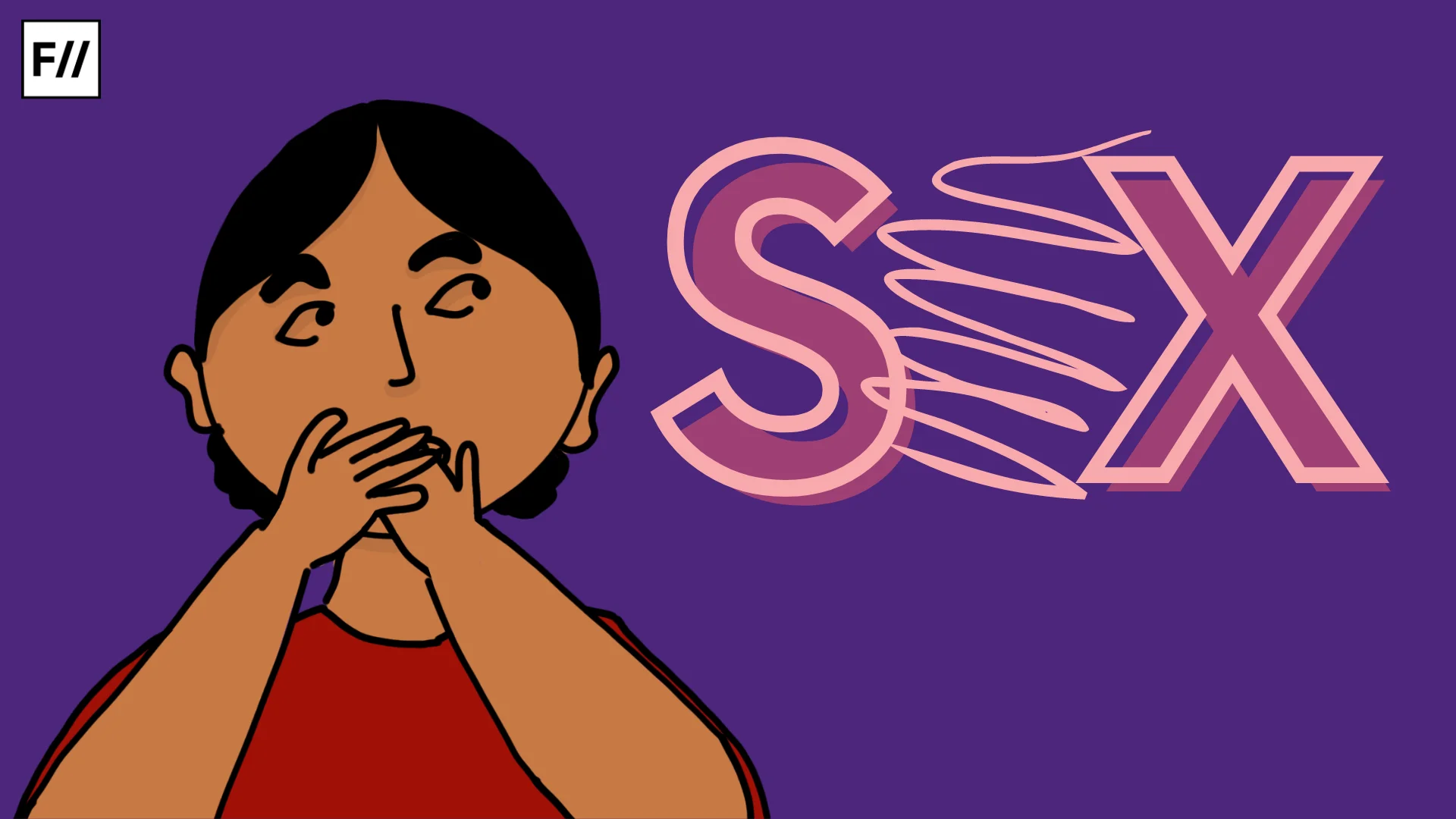UN Women recently published a report, “At a Breaking Point: The Impact of Foreign Aid Cuts on Women’s Organisations in Humanitarian Crises Worldwide,” where it documented the results of the global survey conducted in March 2025—among 411 women-led and women’s rights organisations across 44 countries— to examine the impact of humanitarian aid cuts on the crucial activities led by these organisations.
According to the report, these women-led and women’s rights organisations are facing operational crises and are risking shutdown due to the reduced funding assistance and severe funding cuts by governments. The data also implies that almost half (47 percent) of these surveyed organisations are expecting to shut down within the next six months if the current funding levels persist.
The intensification of humanitarian crises and escalation of gbv
The intensity of crises and conflicts worldwide has seen an alarming intensification in recent years, with over 170 armed conflicts recorded in 2023 itself. As the international community has become a mere spectator of the atrocities inflicted on peoples from countries and regions plagued by armed conflicts, women and girls within these regions become the most vulnerable to sexual violence.
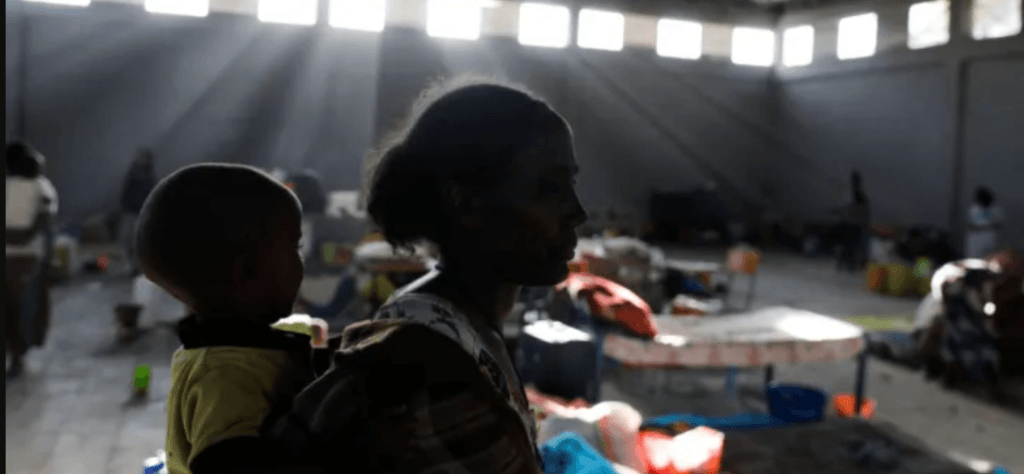
According to UN Women, “sexual violence in conflict rose dramatically with UN-verified cases of conflict-related sexual violence soaring by 50 per cent to 3688 cases, and the number of girls affected by grave violations in situations of armed conflict increased by 35 per cent.”
Healthcare infrastructure within regions with complex humanitarian emergencies becomes the centre of targeted attacks, depriving people of basic healthcare and lifesaving services. Since the Israeli aggression on the state of Palestine intensified after October 7th 2023, displaced women and girls have resorted to using tent strips as sanitary pads amid severe shortages of menstruation products, while women in labour have undergone caesarean procedures without anaesthetic.
In Sudan, sexual violence against women continues to be used systematically as a weapon of war, with women and girls being at risk of widespread abductions, forced marriages, sexual slavery, gang rapes and killings.
The increasing conflicts, climate-change-related issues, famine and health crises across the globe are challenging these women’s organisations in meeting their needs. Amid all the unprecedented amounts of violence and systematic repression of women in conflict- and crisis-affected regions, the humanitarian systems and organisations within these regions have faced severe funding cuts. This should raise an alarm since women and girls are most often disproportionately affected by the collapse of essential services, and their basic needs are among the first to go unmet.
Women’s organisations as the cornerstone of humanitarian assistance
Since gender inequalities and discriminatory social norms have predated centuries—they often are intensified, further restricting women and girls’ access to remaining services, rights, and personal autonomy. Human rights violations and gender-based violence remain widespread in conflicted regions, while prevention and access to justice are services that still fall short.

In 2023 alone, the UN verified 3,688 reported cases of conflict-related sexual violence—numbers that are undercounted since many cases are not reported and these crimes continue to go unpunished.
The funding crises reveal the grappling regression towards gender inequalities after decades of enforcing and framing programmes to tackle these issues.
These women-led organisations and women’s rights organisations have played a critical role in humanitarian aid assistance, provided essential life-saving services to women, and acted as watchdogs and advocates for the rights of women. Despite their indispensable role in providing shelter and gender-based assistance, these organisations have historically been underfunded, as globally they have received less than 1 per cent of humanitarian aid funding between 2012 and 2022. Thus, the increased cuts to the already underfunded organisations are a matter of grave concern, as without these organisations, survivors of gender-based violence have fewer safe places to turn. Additionally, this also leaves women’s health and economic security at critical junctures.
The heavy impact of foreign aid reduction
When scalebacks and shutdowns are forced upon women-led organisations and women’s rights organisations due to these funding slashes, women and girls are hit the hardest as they lose access to essential, life-saving support.

While 47 percent of organisations are at the brink of closure and 35 percent of organisations are clouded by uncertainty with no clear plan to sustain their work, only 18 percent of these organisations have reported staying operational for another year. The funding cuts also have already impacted the functioning of these women-led and women’s rights organisations, as 72 percent of these organisations have been forced to lay off staff.
Further, life-saving services—crucial in the context of conflicted areas—are heavily disrupted, with forced suspension of important programmes and severe cash flow issues. The services include gender-based violence prevention and responses (67 percent) and protection services (62 percent), among others. These organisations have heavily emphasised that the marginalised groups, including older women, refugees, migrants, women with disabilities and LGBTQ+ individuals, will be among the most severely affected due to these funding cuts.
What is the reason for massive fund cuts?
The most significant slash in funding started due to the Trump administration’s order of freezing all foreign aid for a 90-day review period in order to assess alignment with “American values.” While these funding cuts and freezes have been implemented on a broader level across different UN organisations, gender-related humanitarian activities are particularly singled out due to them not aligning with the conservative stances of the American government.
This, followed by the claim of dismantling the world’s largest international development aid agency, the United States Agency for International Development (USAID), is a devastating move since its contributions constituted almost 40 per cent of all humanitarian and development aid worldwide and funded health and humanitarian aid programmes in more than 130 countries. However, these assaults on foreign aid are not unprecedented, as under the guise of similar claims of budget tightening, the United Kingdom in 2020 closed the Department for International Development.
The rise of conservative politics can partly be considered the reason for the pushbacks on gender-equality activities and the rapid fund cuts on the women-led organisations. Donor countries are actively prioritising domestic issues, cost-cutting and efficiency at the expense of international aid. Another example can be the policy letter published by the Netherlands where it states that it will cut down development budgets by prioritising an aim to phase out projects aimed at gender equality.
Women-led organisations and the determination to overcome adversities
All the women-led and women’s rights organisations, despite the uncertain funds and deepening crises, remain determined in their goals. The survey also revealed that these organisations are employing diverse strategies to maintain their operations. These organisations, to address the consequences of foreign assistance reductions, are focusing on donor-focused mitigation strategies. While a handful (74 percent) of these organisations are approaching new donors, others are seeking additional support from existing ones. Other key strategy elements that these organisations are focusing on include advocacy, scenario planning, and building solidarity across movements.
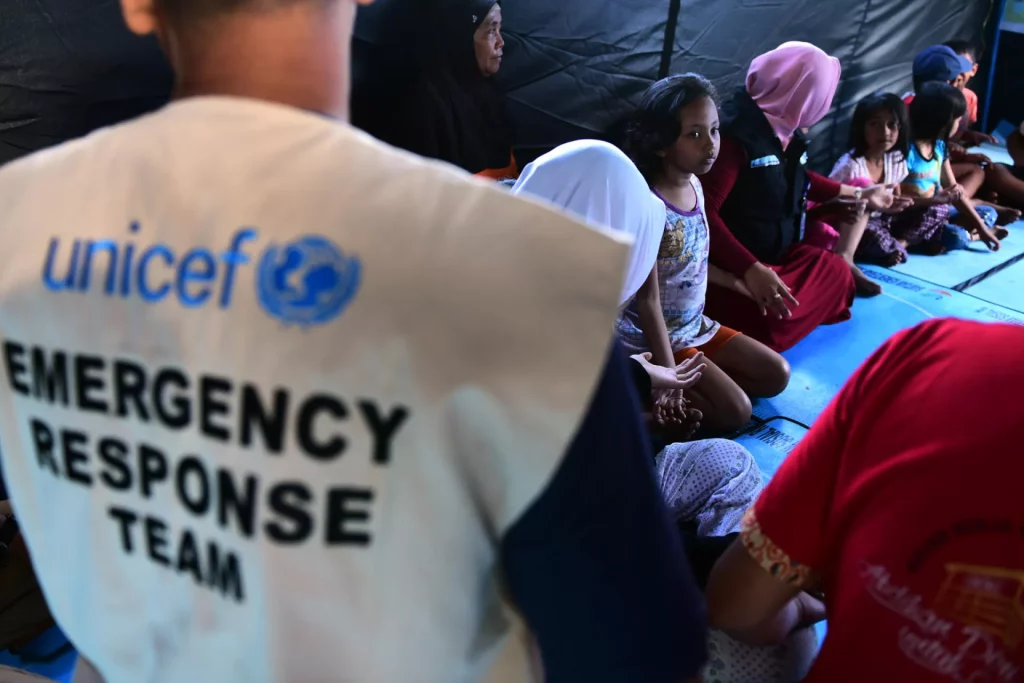
These funding reductions have opened the door to serious revisions and reforms within the existing organisational models. To ensure sustainability and reduce dependence on foreign assistance, it is recognised that organisational models need to include revenue-generating and resourceful coping strategies—including self-funding through selling assets and freelance work.
These organisations, in the face of active suppression, have appealed and are seeking support from UN Women member states and the humanitarian community to sustain funding for their critical work and to uphold gender equality in humanitarian action.
According to the report, the UN Women member states need to prioritise championing direct funding to WLOs/WROs. There should also be an acceleration in donor advocacy to protect gender equality financing. Respondents also emphasised the importance of facilitating donor engagement, coalition-building, and targeted capacity support.
UN Women officials, however, have warned that without immediate financial intervention, the progress made in gender equality and women’s empowerment over the past decade is at serious risk. They have advocated for the global leader to affirm their commitments and provide the necessary resources to sustain these vital organisations.
About the author(s)
Reeba Khan is a Political Science student at Delhi University. As a writer and student journalist, she has a keen interest in issues of identity, conflict, and politics of belonging. She writes to remember and to resist
